PP EVOH Film Food Packaging
6 month agoPP EVOH Film: Diversified Use in Food Packaging - Abstract: This paper elaborates extensively on the diversified applications of PP EVOH film in food packaging and focuses on specific food blister packaging, vegetable boxes, microwave heating packaging, and frozen packaging. It goes into great detail
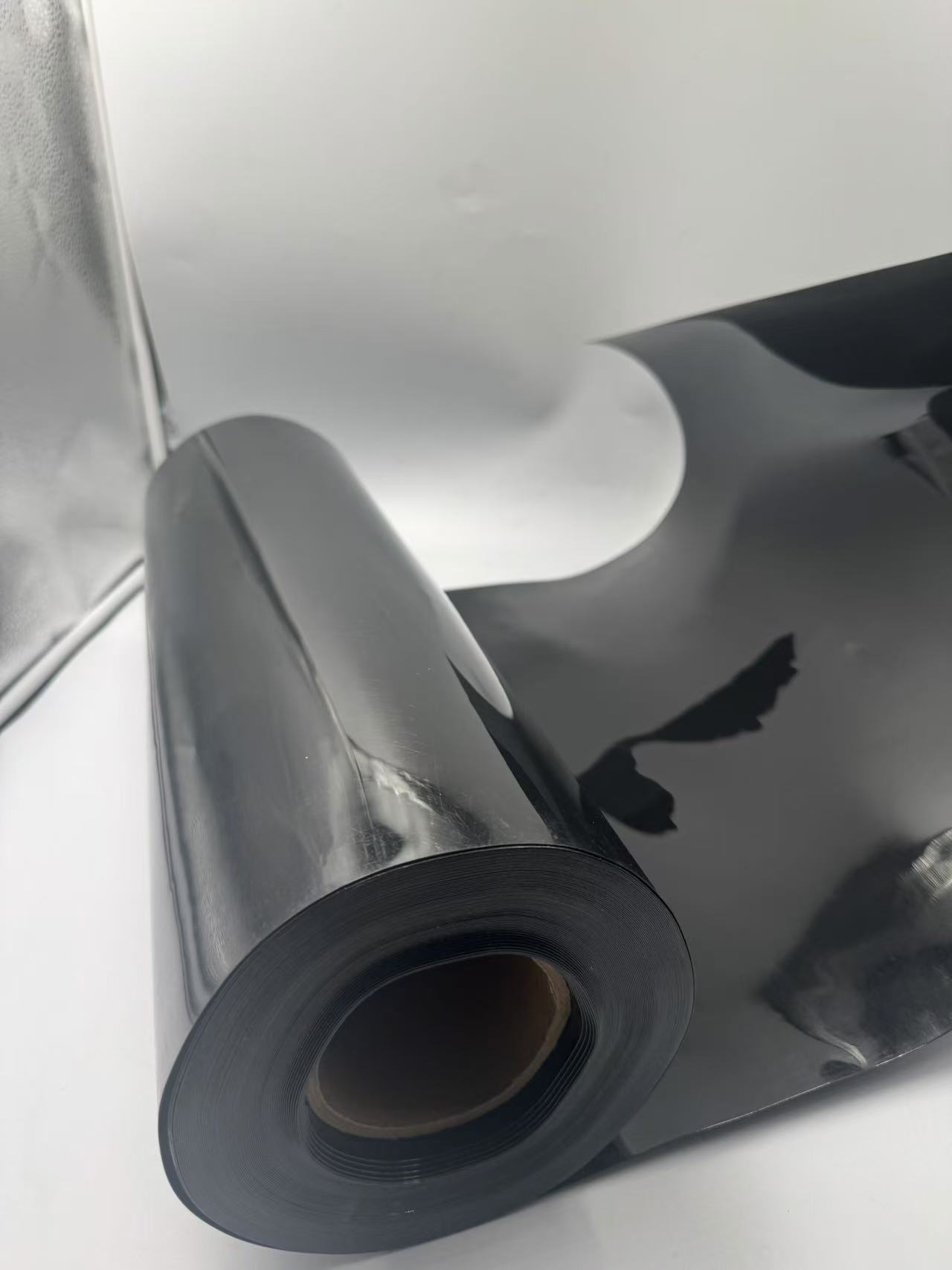
about the distinctive properties that make PP EVOH film highly suitable for such a wide array of applications: its excellent barrier properties, thermal stability, and characteristics related to food safety.
2. Properties of PP EVOH Film
2.1 Barrier Properties
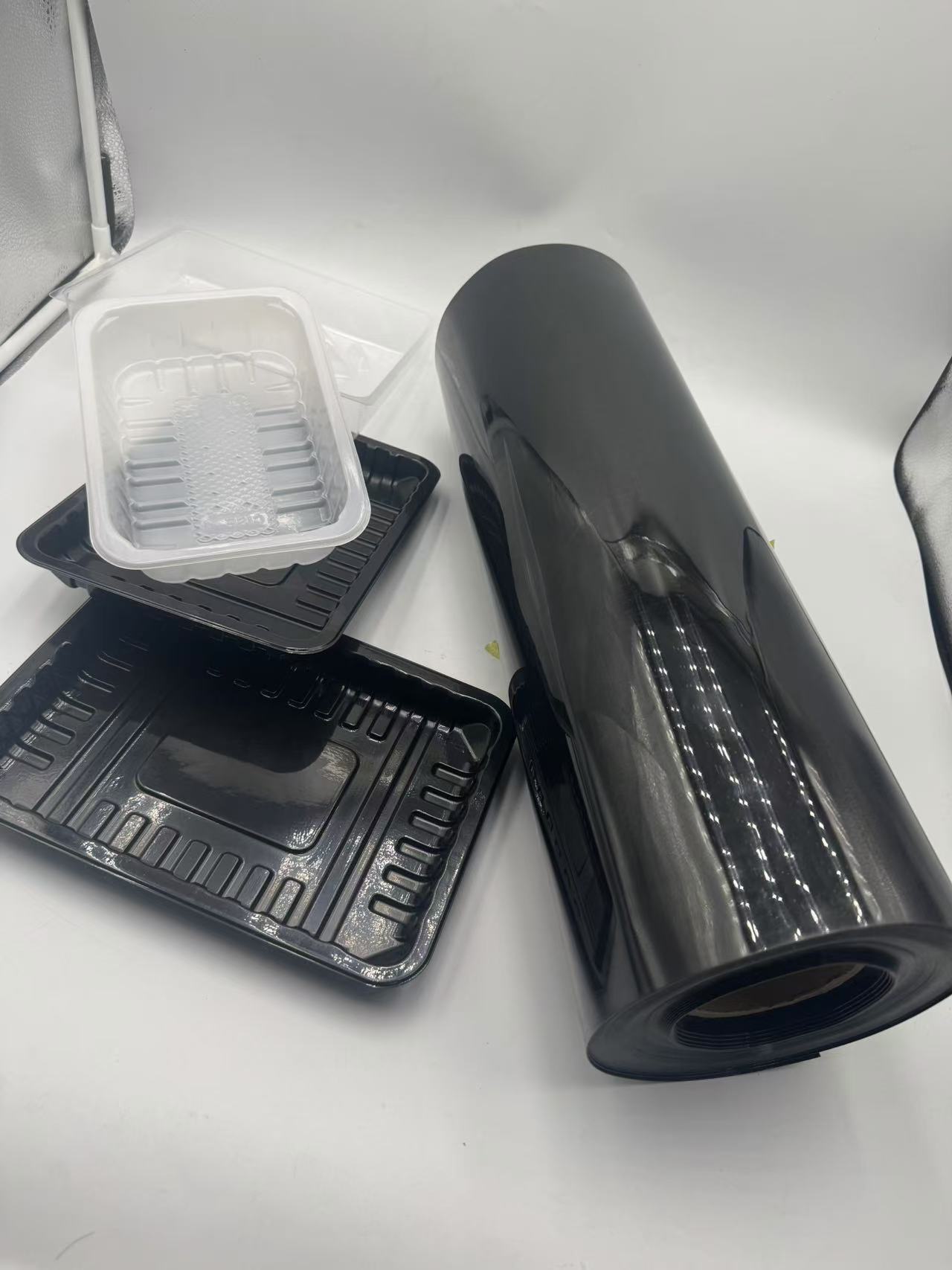 2.2 Thermal Stability ed blister cavities could accurately hold products and present those attractively while packing chocolate and other small-sized confectioneries.
2.2 Thermal Stability ed blister cavities could accurately hold products and present those attractively while packing chocolate and other small-sized confectioneries.
3.2 Sealing and Product Protection
3.3 Aesthetic and Marketing Advantages
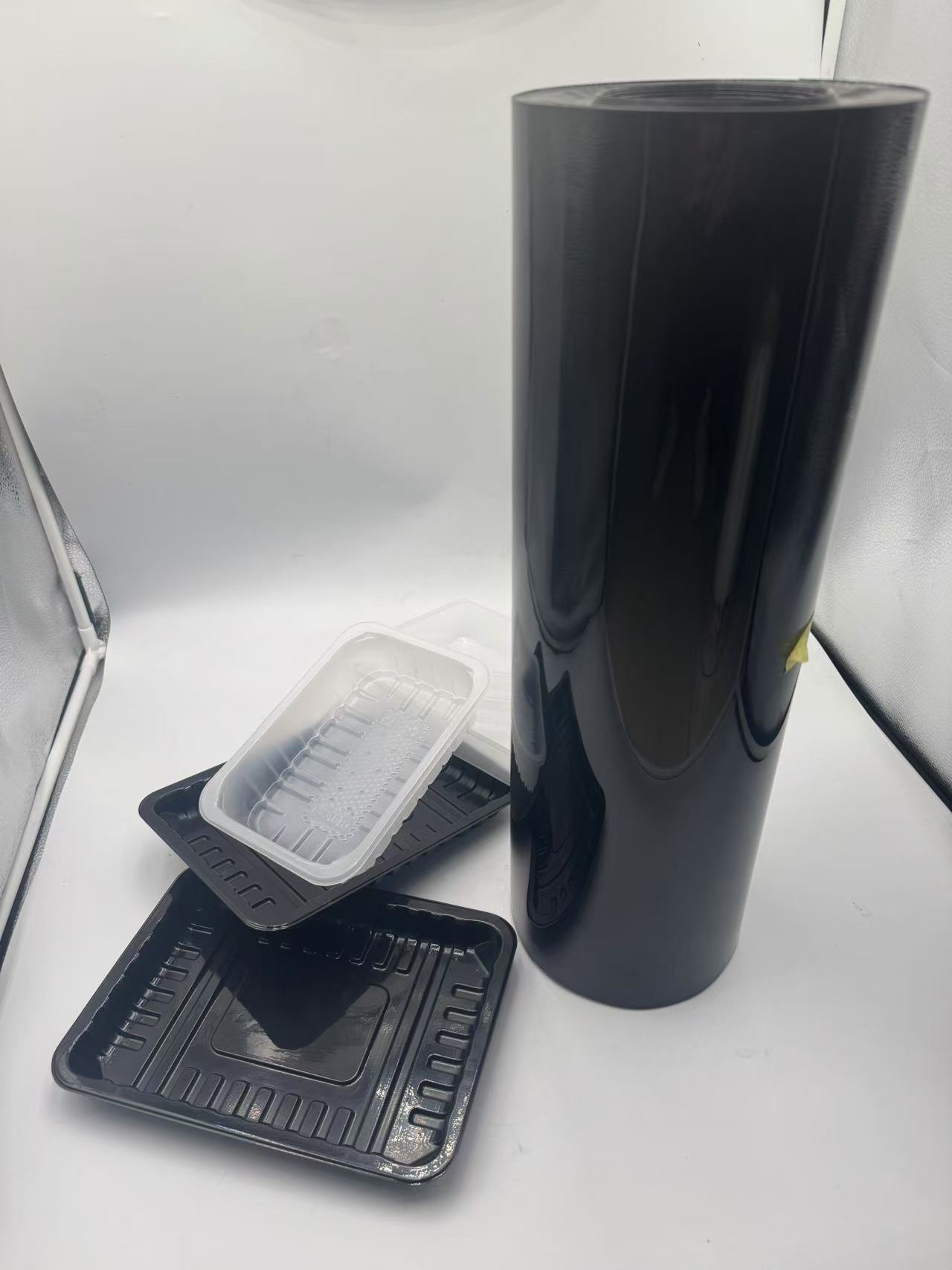 4. Application in Vegetable Boxes
4. Application in Vegetable Boxes
4.1 Packaging Fresh Vegetables
PP EVOH film is used in packaging
4.2 Modified Atmosphere Packaging (MAP)
5. Application in Microwave Heating Packaging
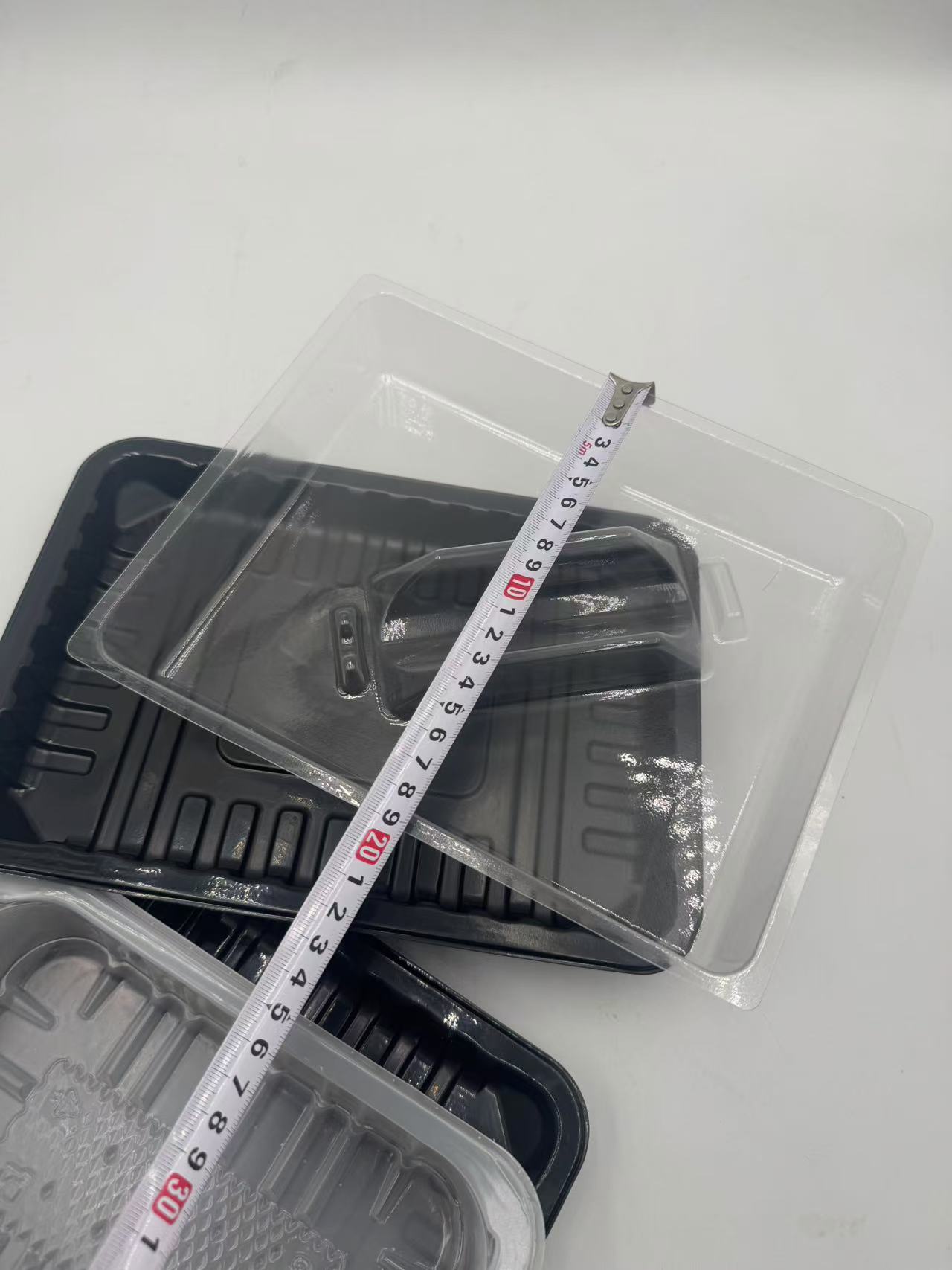 5.1 Microwave Compatibility
5.1 Microwave Compatibility
One of the major advantages in modern food packaging is that the PP EVOH film is designed to be compatible with microwave heating. The tendency of the film during microwave heating packages is that it does not melt or deform due to the heat generated from the process. This enables the consumers to heat their food directly inside the package, saving time and effort. For instance, in the packaging of ready-to-eat meals or microwave popcorn, the film provides a convenient and safe container for heating. The thermal stability and microwave compatibility of the film ensure that the food is heated without hot spots and that the package remains intact during the heat treatment.
5.2 Heat Sealability and Leak Resistance
Heat sealability of the film is another important property for microwave heating packaging. After the food is placed in the package, it needs to be sealed properly to avoid any leakage during heating. PP EVOH film gives a very strong and reliable heat seal that keeps the food and sauces or liquids, if accompanying, inside the package. This is quite important for liquid-based food products, like soups or stews. It is, in addition to leak resistance preventing the messy effect of spilling into a microwave oven; this turns it as safe, hygienic and practical application.
5.3 Ease for Customers / Safety
Microwave-heating packaging based on using of PP EVOH film offers excellent customers convenience. They can simply put the packaged food in the microwave, following the heating instructions, and get a hot meal without having to transfer the food to another container. Besides, the film is designed under strict safety standards to prevent any harmful substances from being released into the food during microwave heating. This gives consumers peace of mind, enhancing their overall experience with microwaveable food products.
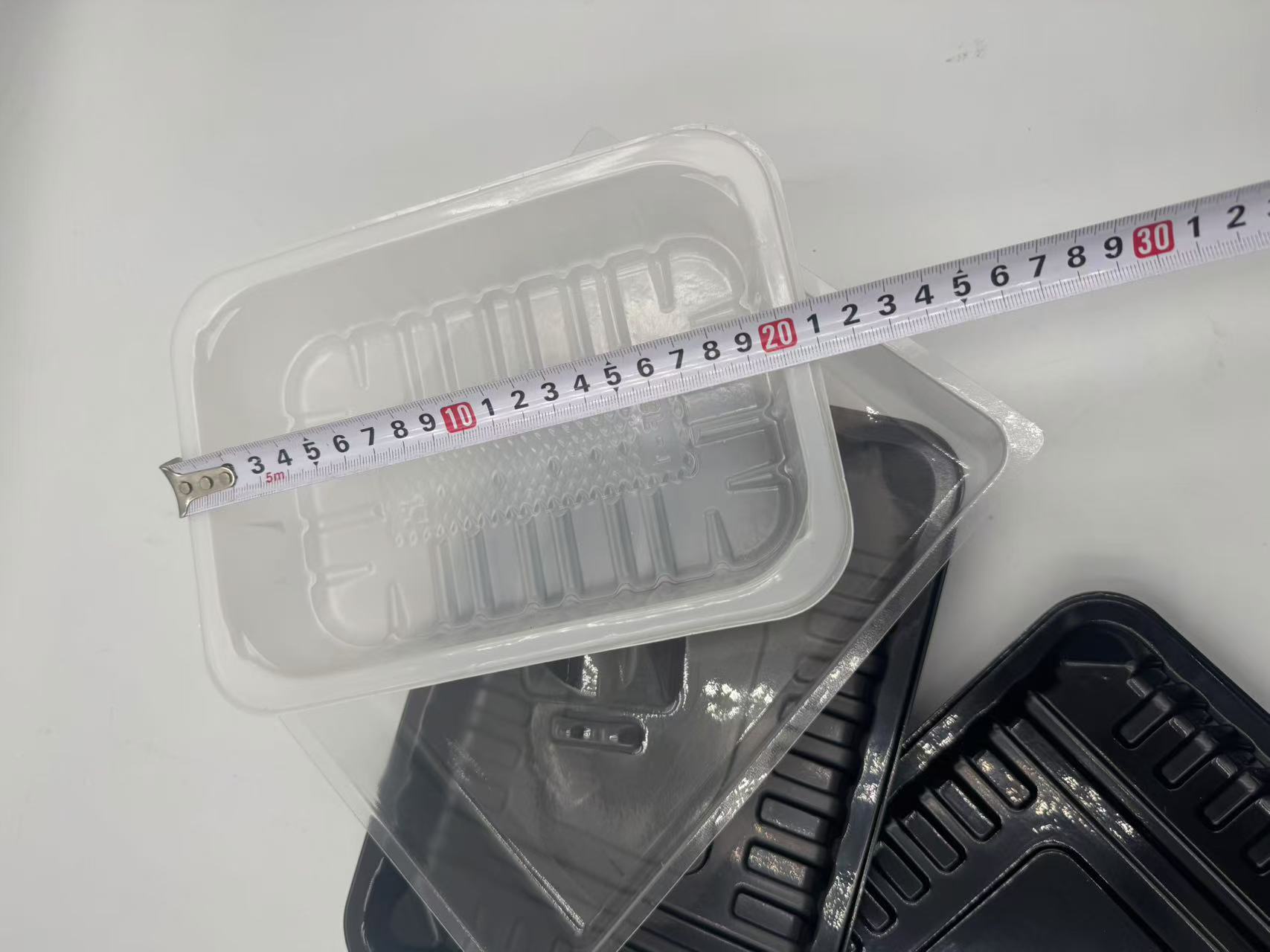 6. Application in Frozen Packaging
6. Application in Frozen Packaging
6.1 Freezer Burn Protection
When utilized in frozen packaging, PP EVOH film provides excellent protection against freezer burn. Freezer burn is a phenomenon whereby moisture within the food evaporates, recondensing onto the food surface to cause loss of quality and flavor. This is prevented by the moisture barrier property of the film, which retains moisture within the food. For example, in the packaging of frozen fish or meat, the film acts as a shield, keeping the food in a pristine condition even after extended periods of freezing.
6.2 Durability at Low Temperatures
The film's durability at low temperatures is another key advantage. It remains flexible and strong even in the extremely cold environment of a freezer. This flexibility allows the film to adapt to changes in the volume of any food as it freezes or thaws without cracking or breaking. Frozen desserts, such as ice cream in packaging, require the film to retain enough integrity at low temperatures to protect the product from any physical damage and retain its smooth texture and delicious taste.
6.3 Labeling and Identification in the Freezer
Another advantage of PP EVOH film in frozen packaging is its printability. Food manufacturers can print clear and durable labels on the film, which remains legible even in the freezer. This includes information such as the product name, ingredients, nutritional facts, and cooking instructions. It is easy to identify frozen food products, and consumers can make informed choices even when the packages are stored in a freezer with many other items.
7. Manufacturing Processes and Quality Control
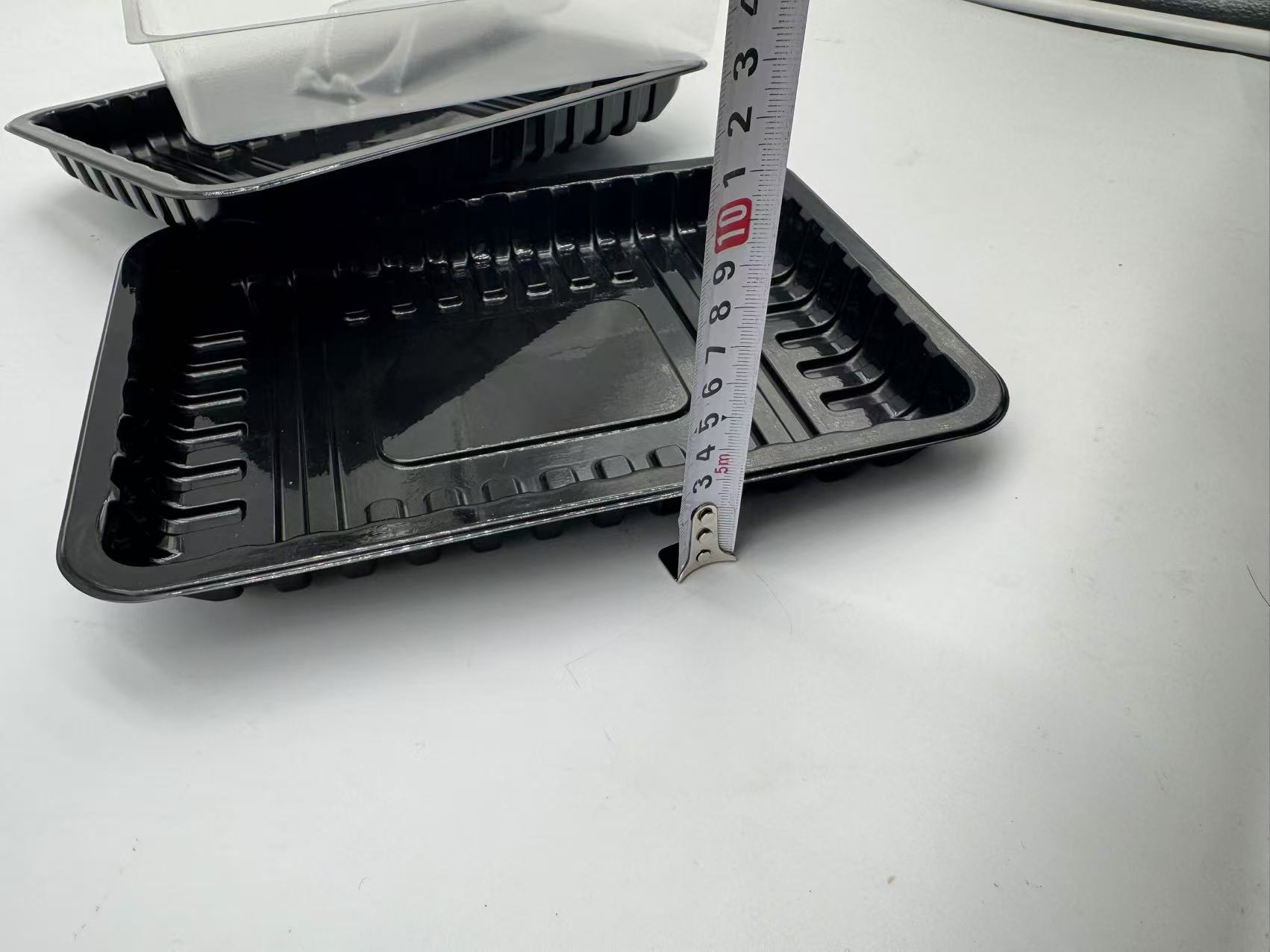 7.1 Film Production
7.1 Film Production
The production of PP EVOH film is a complex manufacturing process that generally begins with the polymerization of the individual monomers to form the PP and EVOH polymers. The polymers are then blended in appropriate ratios in order to achieve the desired properties. The blend is then extruded through a die to form a thin film. In the course of extrusion, several additives may be incorporated to enhance its performance, such as antioxidants for improvement in thermal stability and slip agents for improvement in processability. Careful control of film thickness is done to meet its applicability in various food packaging. 7.2 Quality Control Measures To ensure the quality of PP EVOH film used for food packaging, strict quality control measures have been implemented. They may range from testing barrier properties to assessing thermal stability and mechanical resistance of a film. Food-grade testing includes control in accordance with regulations concerning food-contact, inertness of films, nonpresencing of noxious matter, and more. At each stage in the processing of any single line, defects in films have to be watched for or their inconsistency. Finally, there's an evaluation with samples of this film concerning performance under actual working conditions mimicking any different food packaging condition. 8. Regulatory Compliances Used in food packaging, it is subject to stringent PP EVOH film by legislation of regulatory compliance. The regulatory authorities like the US FDA and the European Food Safety Authority in Europe have set guidelines and standards for food packaging materials. PP EVOH film must meet such requirements, including limits on the migration of substances from the film into the food, toxicity testing, and compliance with specific packaging regulations for different food categories. Food manufacturers are responsible for ensuring that any film they use is from approved suppliers and that it does not violate any regulation. The regulatory framework establishes protection for the health and safety of consumers and the integrity of the food supply chain.
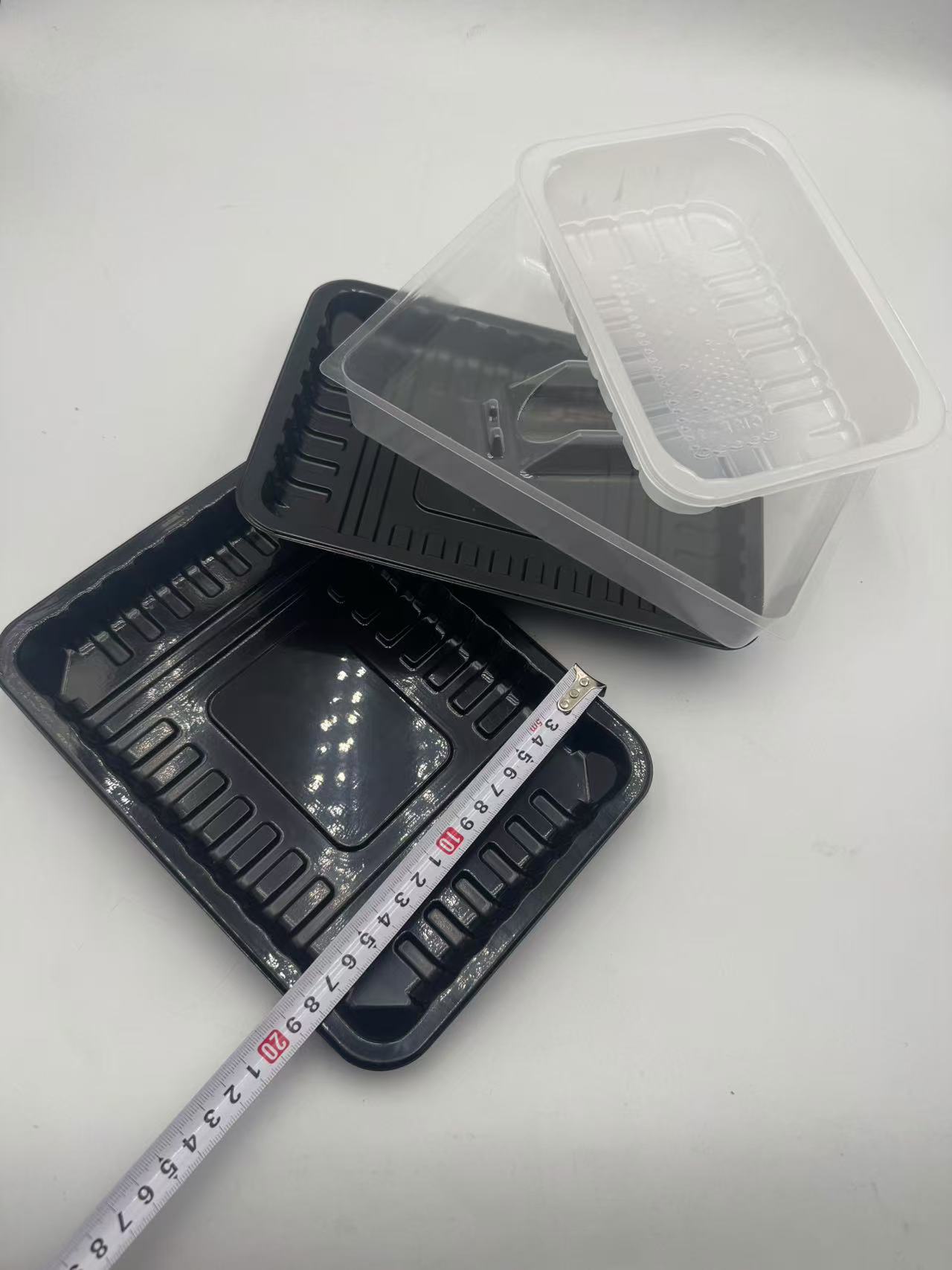 9. Conclusion
9. Conclusion
PP EVOH film has a wide range of applications in food blister packaging, vegetable boxes, microwave heating packaging, and frozen packaging. This material, with its excellent barrier properties, thermal stability, food safety, transparency, and printability, is an ideal choice for a wide range of food products. This has placed the film in an indispensable position in modern food packaging due to its enhancement of food quality, extension of shelf life, convenience, and meeting regulatory
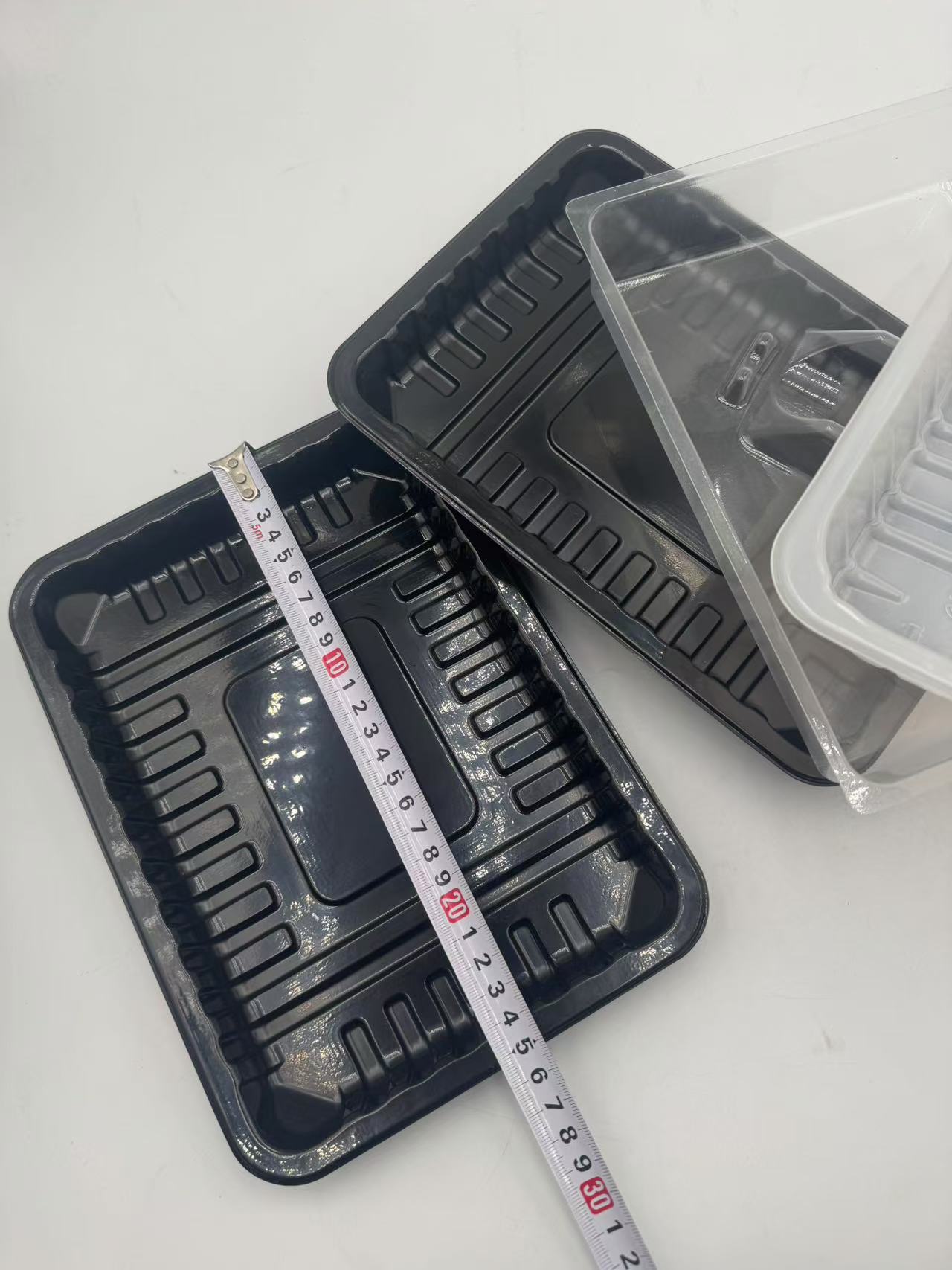
requirements. With continuous improvement in technology and the increasing demands of consumers for sustainable and high-quality packaging, further improvements and innovations in PP EVOH film will be expected to emerge, which will further strengthen its position in the food packaging market and contribute to the overall well-being of consumers and the food industry.
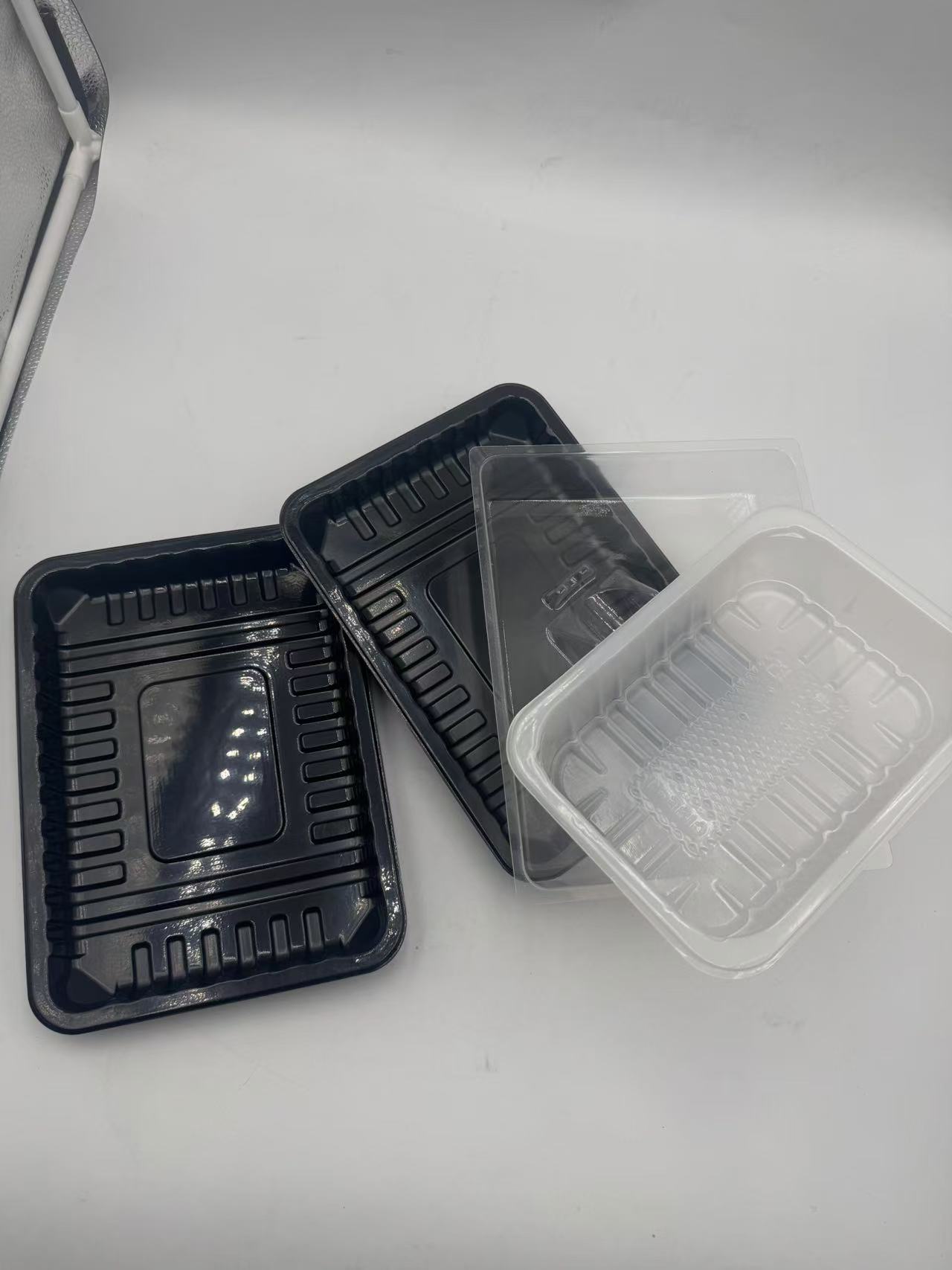
Similar Video Recommendation
You May Also Like
If you are interested in the product, contact Bossgoovideo.com for more information
- *To:
- Shandong Top Leader Plastic Packing CO., LTD
- *Message:
-
Submit
Main Product:
PVC Rigid Film,
PET PETG Rigid Film ,
HIPS Film,
PC Film,
PP Film,
Other plastic packaging products
You May Also Like


















